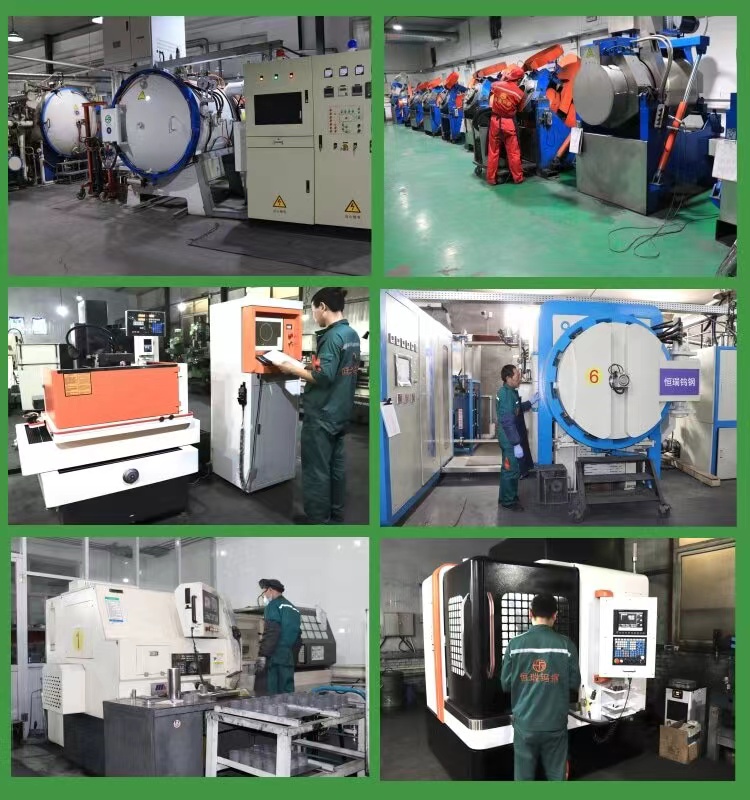It is related to the content of cobalt in the binder phase in the alloy, as well as the grain shape and dispersion (cobalt layer thickness) of cobalt, as well as the lattice distortion, internal stress and the presence of impurities of cobalt. Generally speaking, the coercive force of cemented carbide decreases with the increase of cobalt content; the greater the dispersion of cobalt, the higher the coercive force.
Therefore, the coercive force can be used as an indirect measure of the size of tungsten carbide crystal grains. Parameter; coercivity is also related to the carbon content in the alloy. For alloys of the same composition, as the carbon content increases, H will decrease. When Hc is too low, carburization may occur; when the value is abnormally high

Carbon deficiency or even decarburization eta phase may occur. The measurement of the coercive force of cemented carbide has positive guiding significance for the process. The correlation between the coercive force Hc and other physical parameters such as hardness, density, cobalt magnetism, etc. can play a role in controlling the production process of cemented carbide. Effective monitoring role.
Post time: Jan-13-2024









